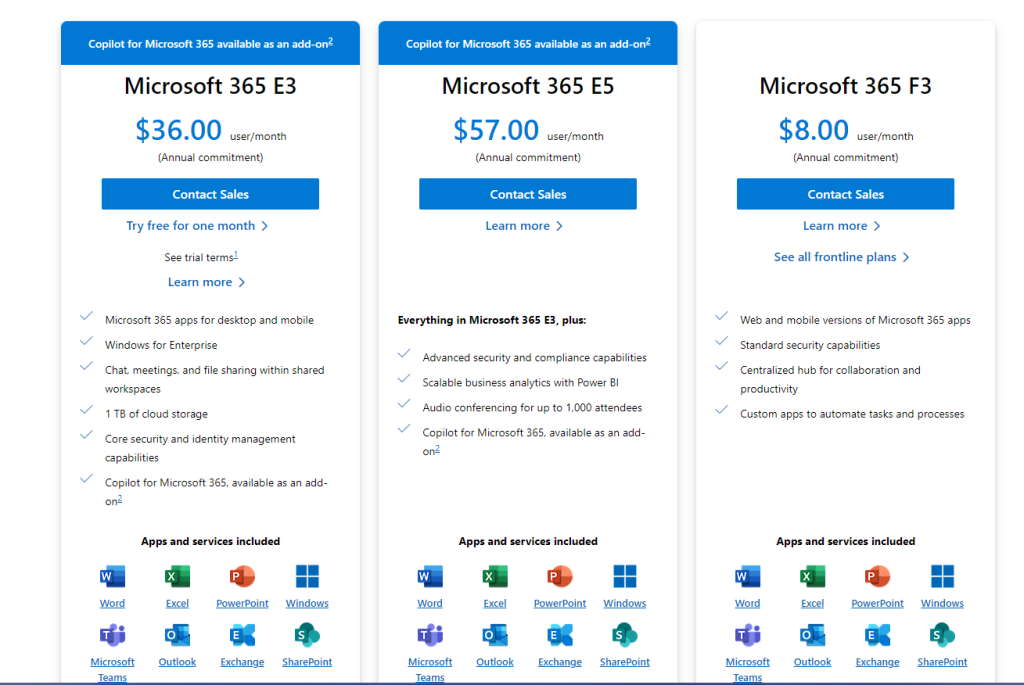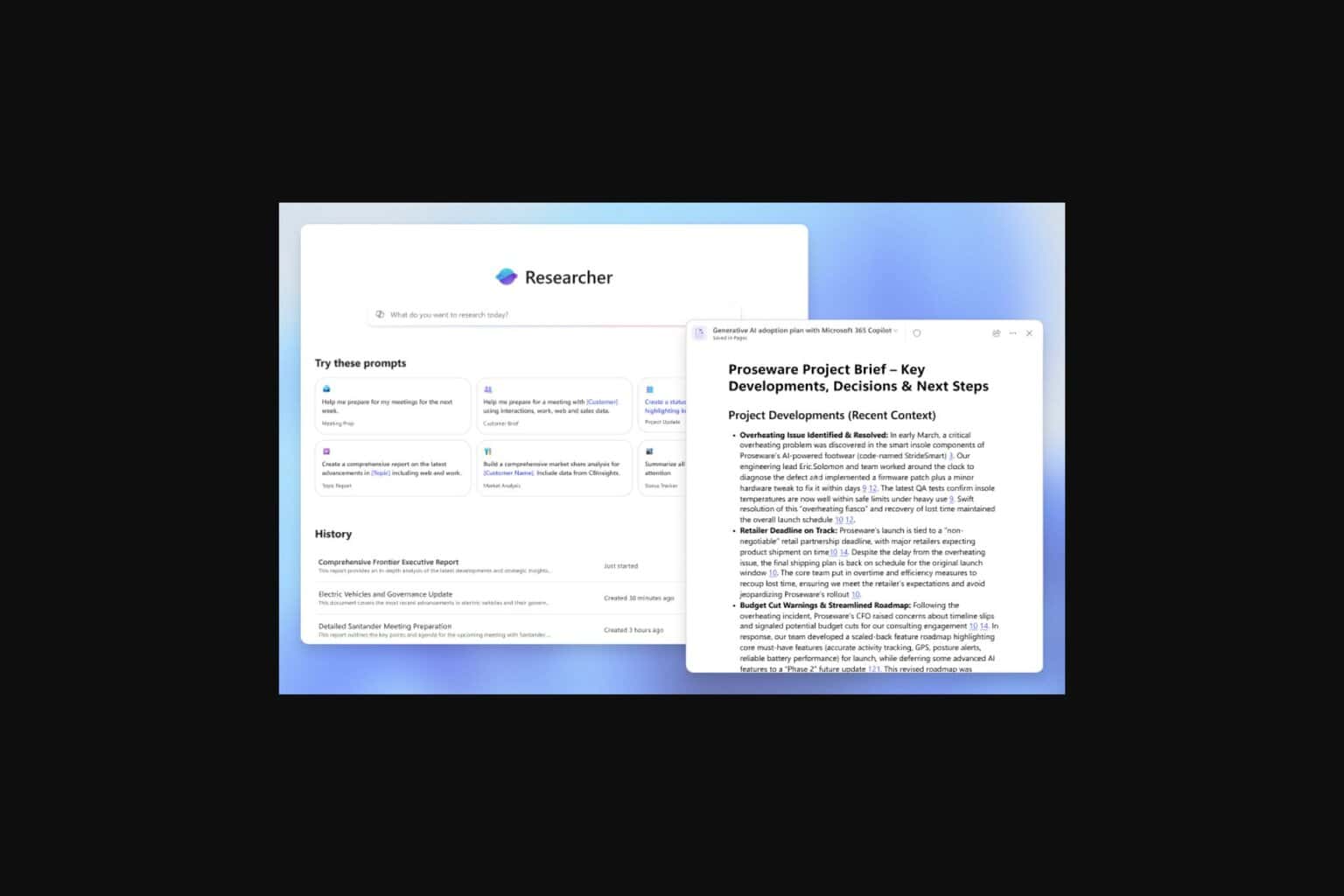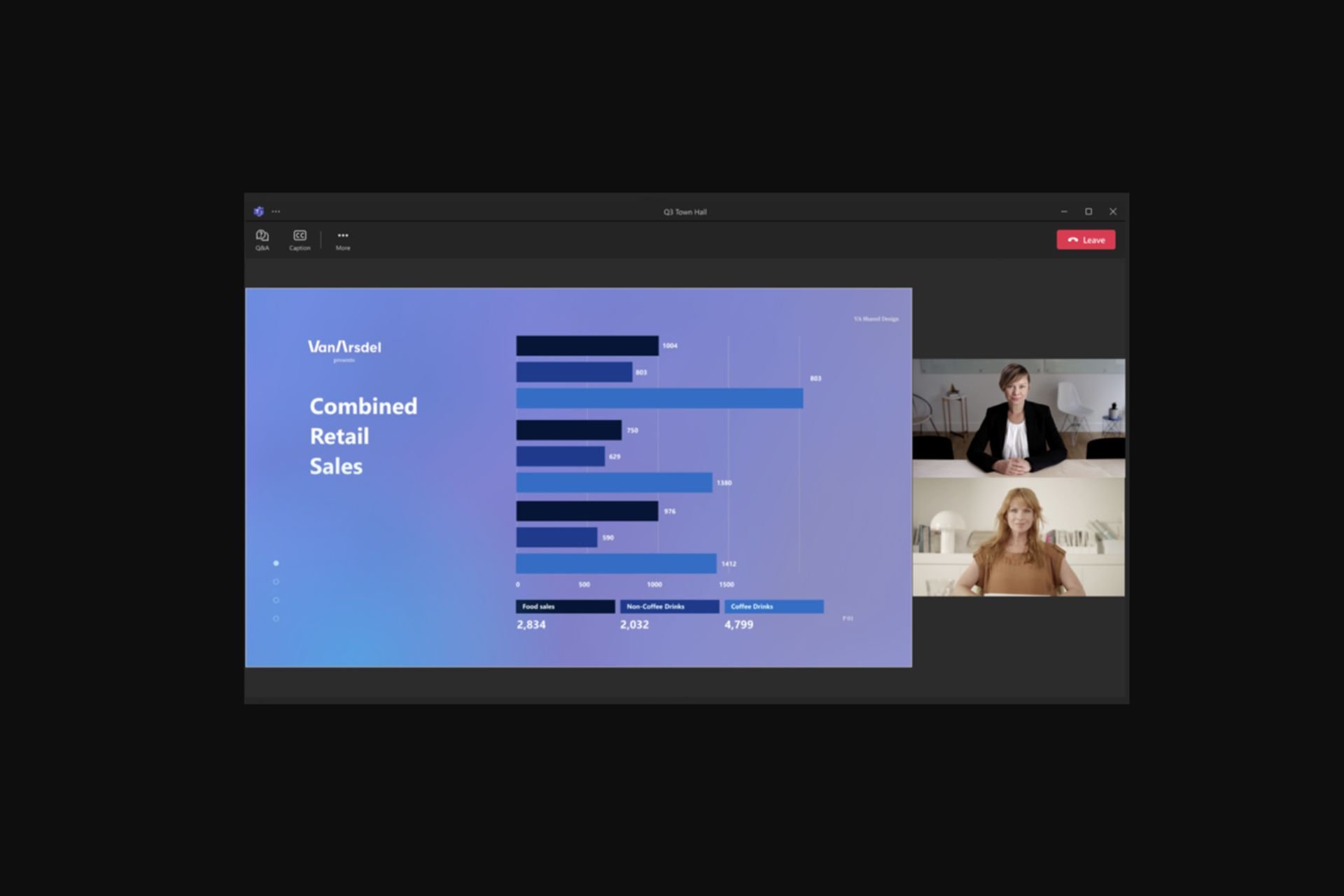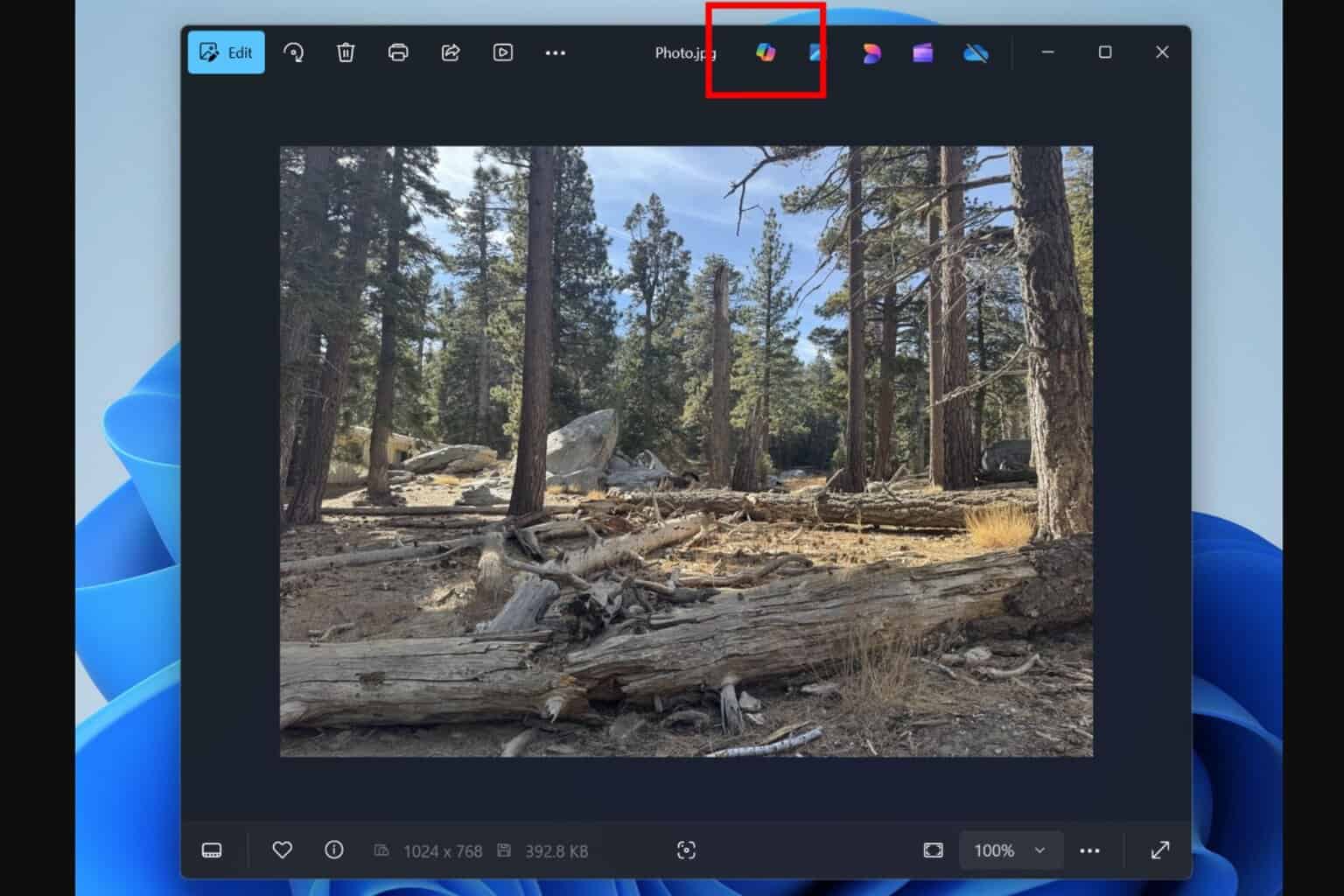Microsoft 365 add-ons are burning a hole in your pocket
Could an all-in-one package solve your problem
2 min. read
Published on
Read our disclosure page to find out how can you help Windows Report sustain the editorial team. Read more

Microsoft 365 is not a cheap subscription, be it the E3 or E5 plan, costing companies $432 and $684 annually, respectively, per user. But it usually doesn’t suffice. You are tricked into paying more for add-ons!
As per a recent report by Directions on Microsoft, Microsoft 365 has increased the number of add-ons from 14 to 61 in the last four years.
In a bid to maximize per-user revenue, Microsoft is offering more and more services as add-ons and not including them with any of the subscriptions.
Ultimately, it’s users who bear the brunt
Microsoft’s CoPilot, the AI assistant, is not cheap. It comes at a cost of $30 per user monthly, provided you are subscribed to the E3 or E5 plan.
Another critical service for enterprises, Teams Premium, is priced at $10 (presently $7 due, introductory period offer) per user monthly. The two alone would cost you an additional $40 monthly.

So, you end up paying $76 per user for E3 and $97 per user for the E5 subscription, monthly. For the former, it increases the cost by roughly 200%.
Then comes Defender Vulnerability Management at $2 and Microsoft Defender Endpoint P2 for $3 per user monthly.
Besides this, utilizing the cloud services and enforcing the security services now requires a dedicated workforce, which in turn increases the cost incurred by the company.
While this, as a strategy, works for Microsoft, it may force users to switch to Microsoft 365 alternatives. The problem is that not many are available, at least with such an expansive set of services, and Microsoft knows it well. However, users are still going with Microsoft Office alternatives.
Some experts believe that Microsoft may soon roll out another plan, an all-inclusive one, which bundles all these services and tools. This will priced higher than the E5 subscription but will result in savings if you include the prices of individual add-ons.
However, a few are of the opinion that Microsoft would continue with the current pattern, i.e., introducing more add-ons to maximize revenue. The reason, even with the current scheme of things, Microsoft has been able to grow its user base and increase profits.
If we were to look at Microsoft Azure statistics, it, too, has been growing steadily over the years. So, there’s no reason for Microsoft to implement any changes as long as the market dynamics remain constant.
Would you like an all-in-one Microsoft subscription? Share your thoughts in the comments section.








User forum
0 messages